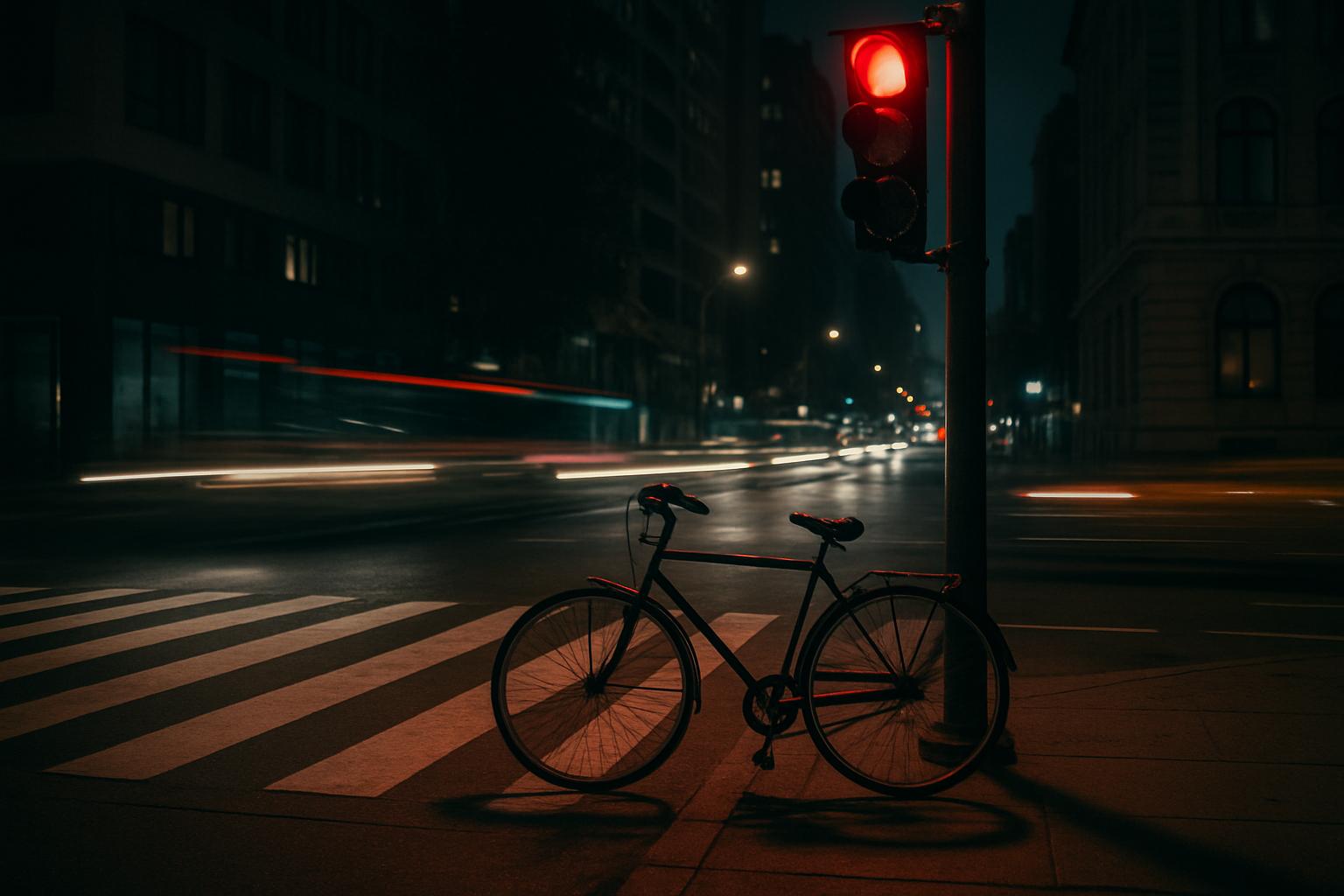Cyclists in London who run red lights are set to face tougher penalties, including higher fines, as part of efforts to curb dangerous cycling behaviours in the capital. The City of London Police is considering the use of community protection warnings and notices to tackle what officials describe as “dangerous, antisocial, and nuisance cycling behaviours.” These warnings would allow fines exceeding the current standard £50 fixed penalty notices.
This move comes amid a notable increase in cycling across London, partly driven by recent Tube strikes and persistent traffic congestion. Usage of rental bikes, such as those from Lime and Forest, surged by 75% during the latest industrial action, with some commentators comparing the capital’s cycling boom to the chaotic streets of Hanoi. A report presented to the City of London Corporation’s Streets and Walkways Sub-Committee highlighted public complaints centred on cyclists running red lights at busy junctions, e-bike riders behaving dangerously, and cyclists using pavements and pedestrian-only areas.
Councillor Jacqueline Webster called for promoting a “culture of courteousness” among cyclists, while residents have raised concerns about the poor parking of dockless bikes across the city. Bruce McVean, the Corporation’s assistant director for policy and projects, acknowledged ongoing work with e-bike rental companies and Transport for London (TfL), noting that “things are getting better, but there’s more work to be done.”
Mayor of London Sir Sadiq Khan has also launched a campaign urging cyclists to obey traffic laws. TfL posters reminding cyclists to “always stop at red lights” form part of a broader awareness drive, accompanying education efforts on the Highway Code for cyclists and pedestrians. A recent survey found that only 16% of Londoners could correctly identify five key rules related to cycling, including when cyclists should stop at zebra crossings and red lights. Official data indicates that cyclists and pedestrians remain more vulnerable to injury on London’s roads compared to drivers.
Enforcement efforts are intensifying to address these concerns. Between July 2023 and April 2024, Metropolitan and City of London Police issued 944 fixed penalty notices for offences including running red lights. Overall, data from the Mayor’s office shows that 2,296 fines were issued for cycling-related infractions under the Road Traffic Act 1998, with 1,505 targeting cycling on pavements and 419 for contravening automatic traffic signals. Since 2006, more than 4,000 fines have been issued for cycling on pavements, reinforcing efforts to protect pedestrian safety.
Alongside enforcement, the Mayor’s office promotes cycling safety through various initiatives aimed at improving infrastructure, training, communication, and regulation. The Cycle Safety Action Plan includes 52 measures focusing on safer roads and equipment, while schemes like the Safer Lorry Scheme and Direct Vision Standard seek to reduce fatalities by mandating visibility improvements on heavy goods vehicles. These combined measures are part of a comprehensive strategy to protect vulnerable road users.
To further enhance road safety, the deployment of CCTV cameras in high-risk areas has been expanded, and new digital cameras are being rolled out to monitor and reduce incidents involving killed or seriously injured persons. Although there is no specific offence for violating advanced stop lines for cyclists, contravening red traffic lights remains a key focus for law enforcement. Data from 2005 showed thousands of fixed penalties issued for such violations, underscoring the longstanding challenges in ensuring cyclist compliance with traffic signals.
Overall, the adoption of tougher penalties, combined with educational campaigns and infrastructure improvements, reflects an urgent response to rising concerns about cycling safety in London. Authorities seek not only to discourage dangerous behaviour like running red lights but also to foster a more courteous and law-abiding cycling culture in the city’s increasingly crowded streets.
📌 Reference Map:
- Paragraph 1 – [1], [2], [3]
- Paragraph 2 – [1], [5]
- Paragraph 3 – [1], [2], [3]
- Paragraph 4 – [1], [2], [3], [4]
- Paragraph 5 – [1], [2], [5]
- Paragraph 6 – [2], [3], [5], [6], [7]
Source: Noah Wire Services
